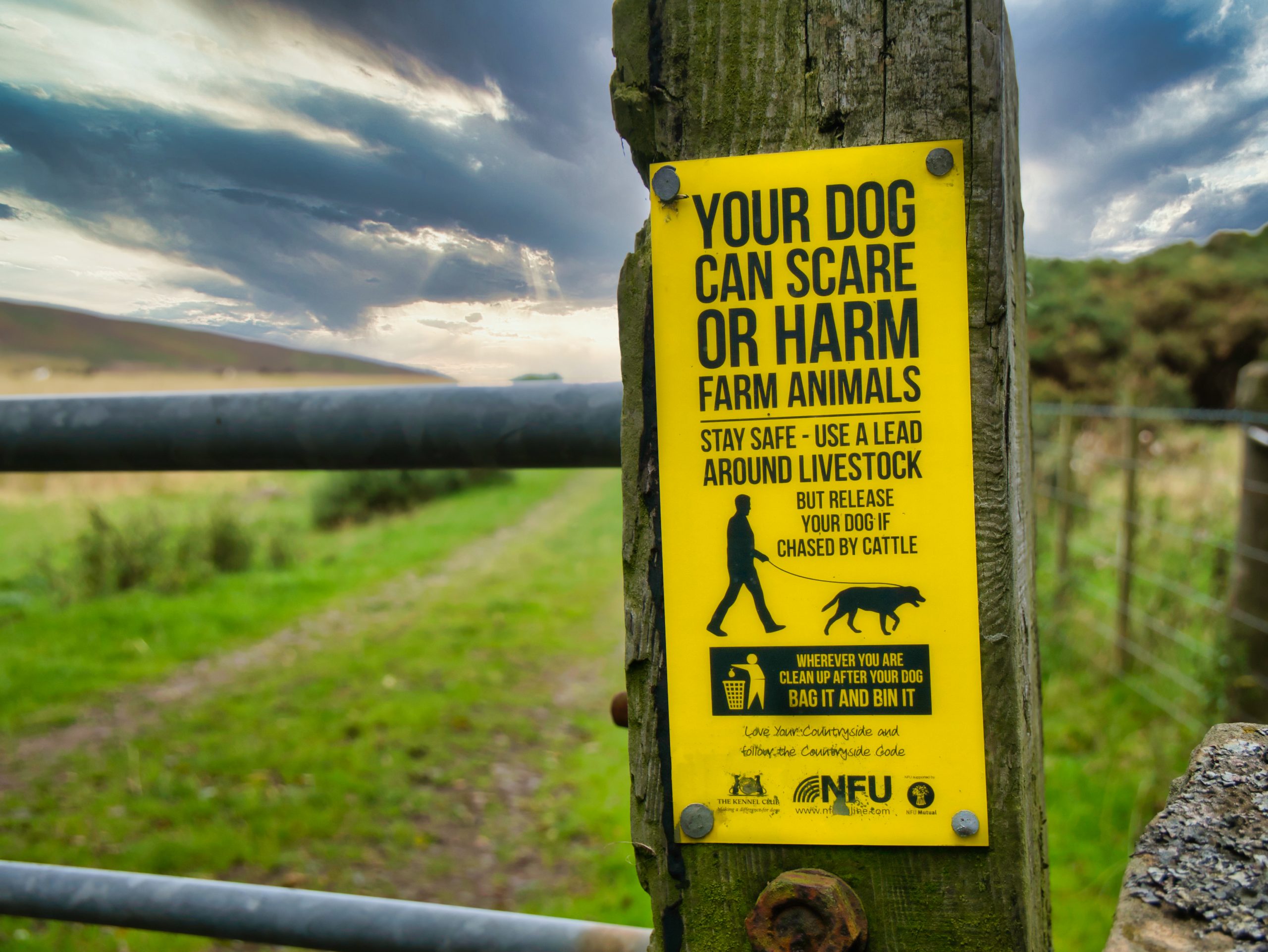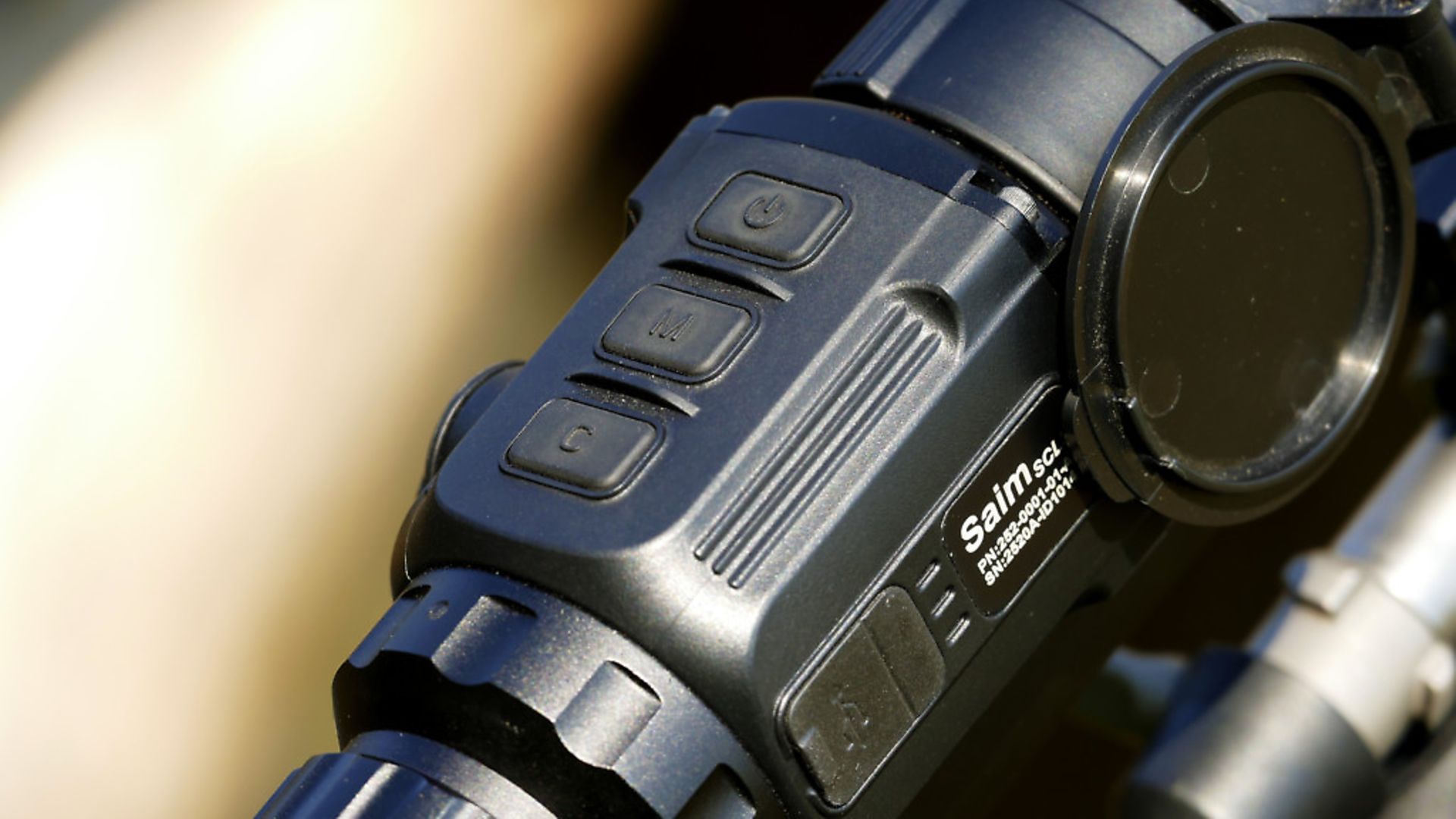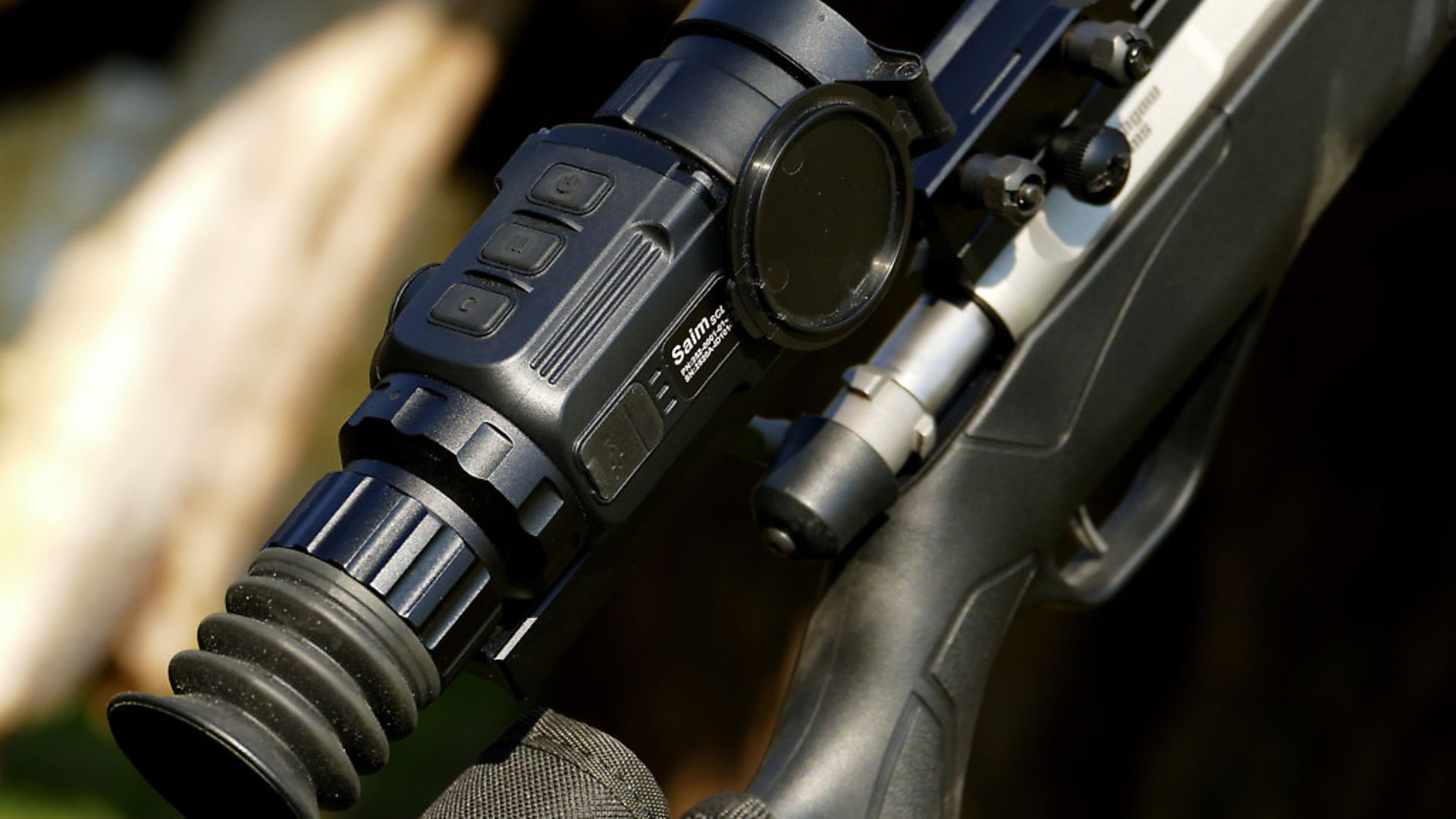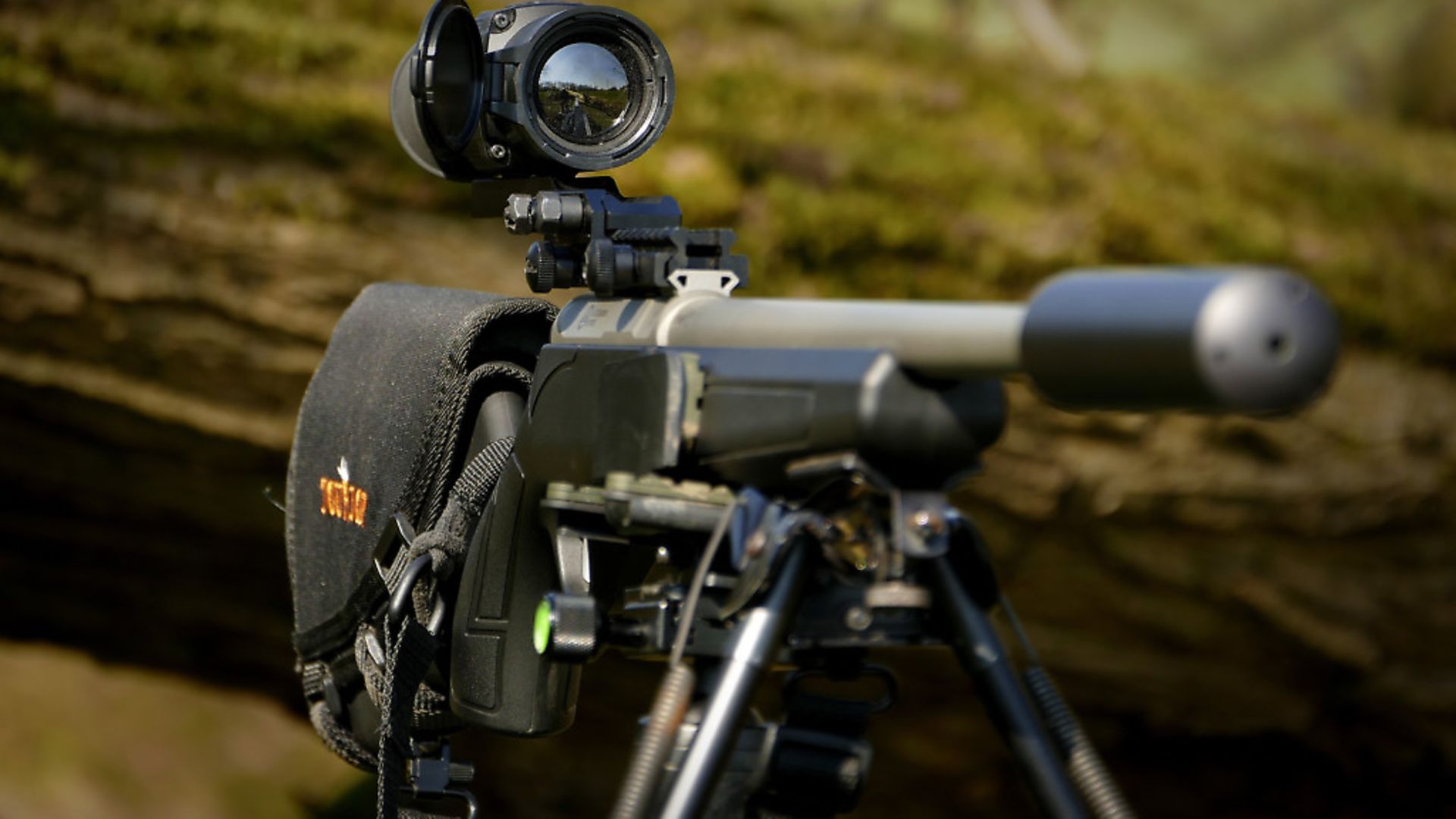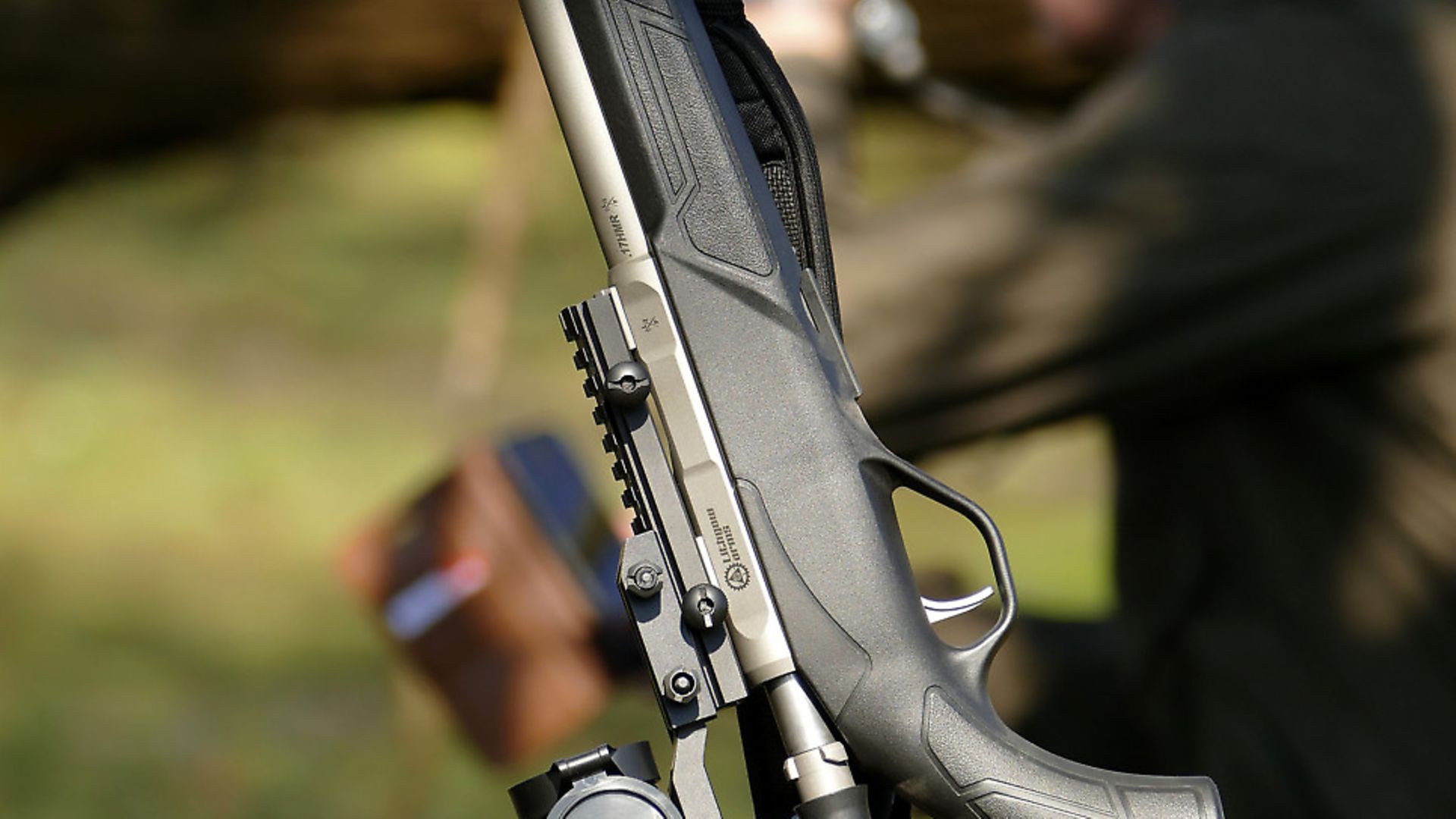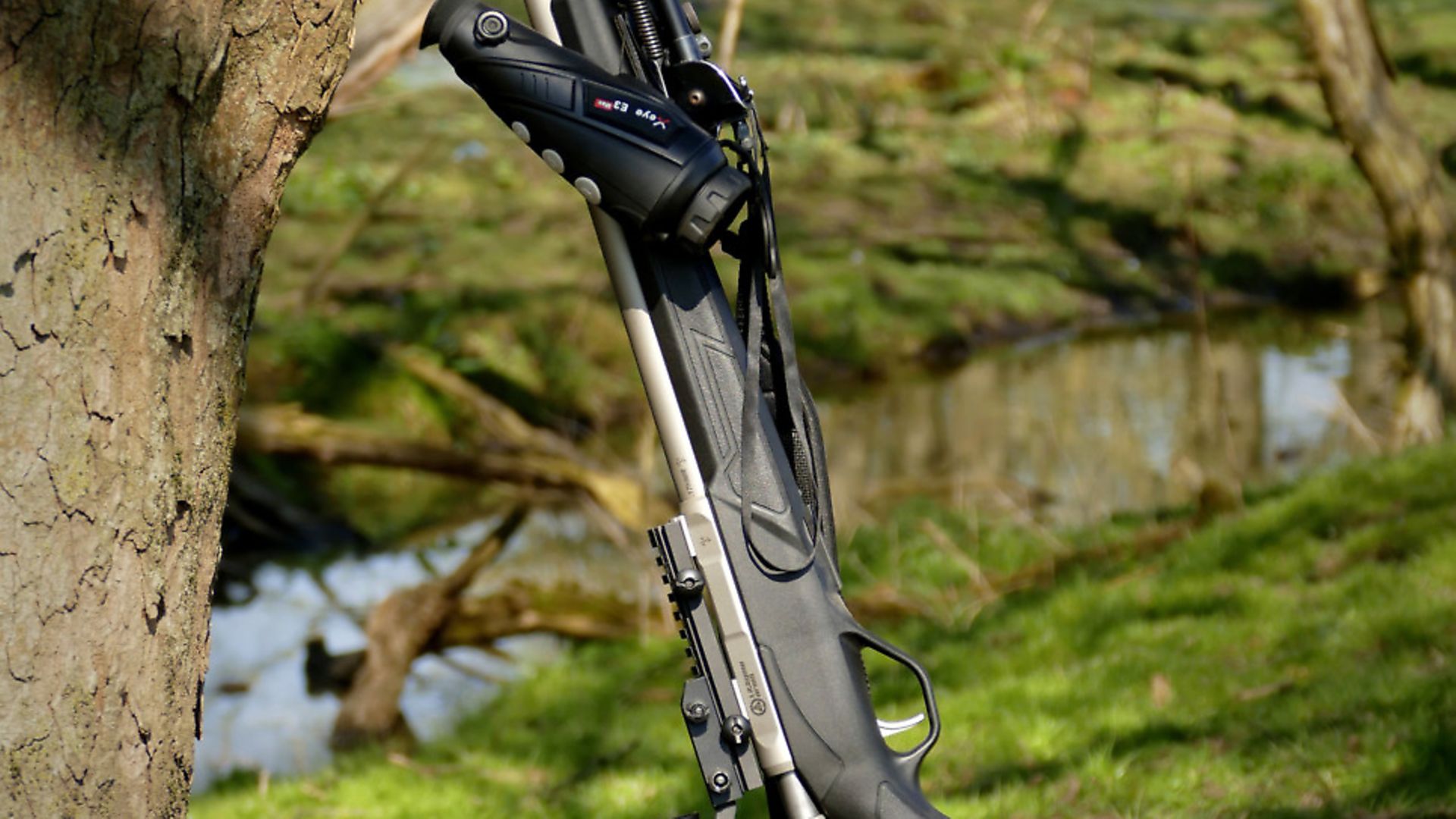SAIM SCL35 Thermal Riflescope – test & review
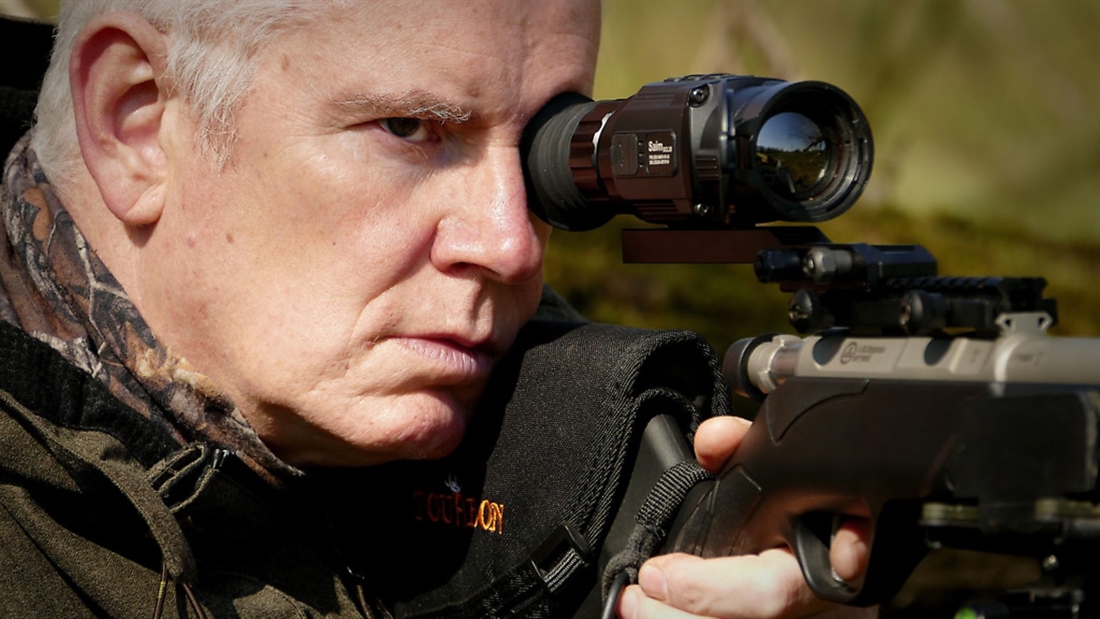
Paul Austin reviews the compact Saim SCL35 Thermal Riflescope from Optical Solutions, and finds that good things really do come in small packages
SAIM SCL35 THERMAL RIFLESCOPE – OVERVIEW
PROS: Excellent image quality given the sensor size; Solid core feature set; Picture in picture and multi rifle support
CONS: Slightly retro sled based mounting system; Limited eye relief
RRP: £2,595
TECH SPECS
* Pixel size 17um
* Frame rate 50Hz
* 35mm lens
* Field of view 10.7×8 degrees
* Magnification 2.0-8.0x
* Display 1280×960
* Battery life 4 hours 2x CR123 rechargeables
* Weight 420g
SAIM SCL35 THERMAL RIFLESCOPE – IN DEPTH REVIEW
As you can see from the photos, the SCL35 is a dinky unit, but size isn’t everything and the little Saim definitely packs a punch in terms of image quality. Retailing considerably cheaper than similar offerings from both Pulsar and ATN, it’s definitely worth a look. A small yet serious contender for the cash of any would-be thermal shooter.
To be fair to both Pulsar and ATN, it is a simpler device, but all the essentials (plus a few creature comforts) are on hand, so without further ado, let’s take a look at the latest player in the thermal scope market.
The SCL35, and its lower mag sibling the SCL25, are based on IRay’s core thermal technology – and that’s not a bad starting point. It sits atop a custom sled mount which connects to a Picatinny rail on the rifle. A little old school compared to the latest ring-based alternatives, but perfectly functional. With just 40mm of eye relief, I’d avoid anything over .243 unless you fancy a black eye, but that still means it’s good to go on a dedicated foxing rig.
The unit is very straightforward in terms of control. A chunky dioptre lets you fine-tune the large 1,280×960 internal display. Atop the unit sit the three primary control buttons. The foremost powers the unit on and off, with a quick press for standby and a longer hold prompting the obligatory yes/no tick box to confirm shutdown.
The rear button initiates a NUC, which simply resets the sensor manually if required.
The central button is where most of the action is. A short press brings up the edit menu. It’s a bit unusual at first but straightforward enough once you get used to it. The initial short click adds on-screen icons top and bottom with four colour modes in the top half and the four sharpness settings in the lower section. Click the central button again and the upper icons change to the four mag options – base mag, 2x,4x and 8x – while the lower array offer brightness control, again 1-4 settings. The final page provides access to the four reticle colours up top and a selection of ret sytles at the bottom, the white centre dot with a black outer ret being my favourite.
To alter a setting, you just click through to the appropriate page and then use the two adjacent buttons top and bottom to cycle through the options. It’s a little unusual but surprisingly quick once you’re familiar with it.
A longer initial press on the central button fires up the set-up menu and it’s here where you do your general housekeeping. The subsequent pop-up menu allows you to initiate Ultraclear, which essentially is a high-contrast mode designed for poor weather, fog rain etc, but, to be honest, I never needed it. Next up is the wifi off/on, allowing you to stream live to an iOS or Andriod device, record video (no audio) and take photos.
Next comes the video out option for an external recorder, followed by one of the more appealing techie features, the optional PIP or picture-in-picture option, which shows a magnified rectangle in the upper centre of the display showing the ret area at double the current mag in the style of a Pulsar’s NV and thermal scopes.
Another useful feature is the provision for four rifle profiles, allowing you to use the scope across a range for rifles.
The final important feature is the zeroing menu. Simply select the preferred profile, take a shot and then, while holding on target, guide the crosshairs to the point of impact and save your settings.
The zeroing procedure is pretty much identical to all other digiscope and thermal systems and works well. No freeze frame as found on the Thermion but it follows the now familiar one-shot zero formula. There’s no option for multiple zeroing distances.
Apart from that, there’s basic battery info and a pixel repair option as found on all thermals and that’s about it. A simple set-up in some ways, but it covers all the bases and has some creature comforts in the form of PIP and multiple rifle profiles.
The limited mag options may be an issue for some – you just have the four fixed mag options, with no adjustability, but they’re quick to access with the ret expanding in an FFP style as you do. In practice, I invariably opt for the incremental mag on most NV/thermal digiscopes as it’s the quickest option, so I didn’t feel it limited me in the field.
2x and 4x were perfectly useable, although 8x did get fairly pixelated, perhaps a little too much for small game at range. To be fair, that’s always going to be the case on a smaller sensor and, in that regard, the SCL35 is just as good as any other thermal I’ve tried.
Image quality
I can’t fault the scope in regard to image quality at all. The image is excellent and certainly on a par or indeed better than scopes of similar spec, and at the end of the day that’s what counts. Just like its spotting scope cousins in the IRay line, there’s absolutely no complaints, gradients are clean, detail is sharp. Overall, it’s a pleasant and smooth image with plenty of contrast, especially when you consider it’s running a 384×288 sensor.
It terms of usage, I’d say it is ideal for ratting, rabbiting and medium-range foxing. Would I shoot it out beyond 200 yards? No I wouldn’t, but neither would I with any other thermal scope currently on the market.
If you’re an aspiring covert hunter shooting at close to mid-range, there’s nothing more you really need. It doesn’t have the aesthetics or some of the fancier functionality of the Thermion or ATN Mars, but when it comes to getting the job done I can’t fault it.

